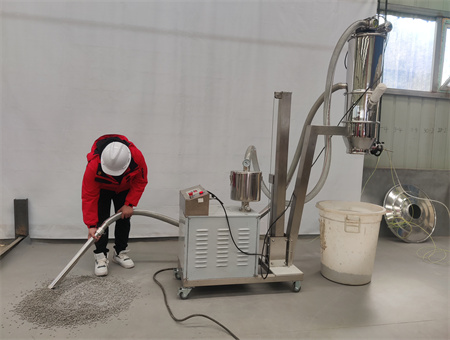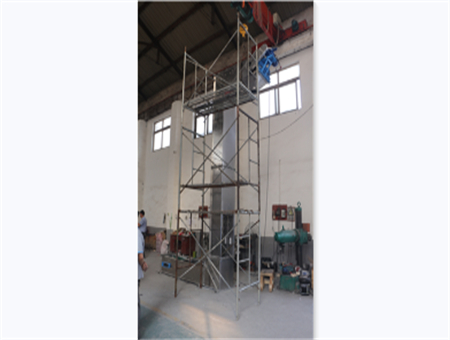Refractory material is an important basic material. With the continuous improvement of production technology, refractory material has been able to meet the increasingly stringent conditions and requirements of use, and its role in the production process of refractory material is very important.
The production of refractory materials has some common production processes: the main processes of raw material calcination, crushing, fine grinding, sieving (square swing sieve is recommended), batching, mixing, forming, drying, and firing into finished products. The raw materials are generally calcined first to achieve the purpose of sintering. After being crushed and crushed, it is broken into small pieces or fine powder. Afterwards, it is finely ground into fine powder less than 0.088mm.
Afterwards, it is classified into fine particles (from 0 to 0.2mm or 0.1mm), medium particles (from 0.2 or 0.1mm to 0.5mm), and coarse particles (from 0.5mm to 4mm) with a rectangular swing sieve as required. After the batching, in the production of refractory materials, these three specifications of particles are usually used to achieve the ideal accumulation. After mixing, the components and particles of two or more non-uniform materials are homogenized to promote particle contact and plasticization. After that, it is shaped, dried, and fired to the finished product.
Here we need to focus on the application of the
screening machine in the production process of refractory materials. The reason for the strong vibration of the screening machine and the treatment method. The role of screening is to prepare for the subsequent batching process. The batching is the various raw materials matched in the specified proportions. Powder composed of different particles of the same raw material. The composition of the ingredients must meet the requirements of the product, so the particle index after classification is very important. It is recommended to use a rectangular swing screen with both efficiency and precision. It has large output and high screening accuracy. It is 3-5 times the capacity of ordinary vibrating screens. It can quickly screen fine particles, medium particles, and large particles according to process requirements. , Improve economy.


